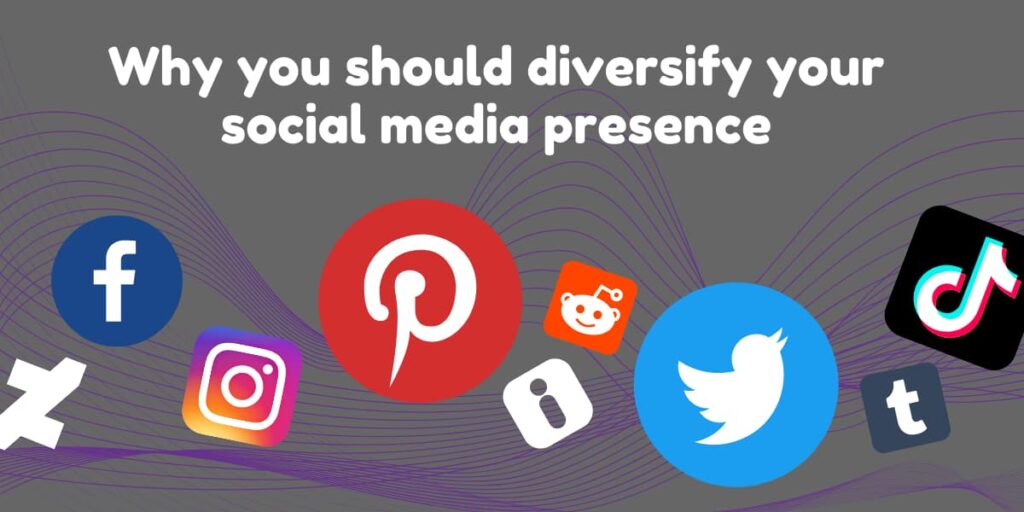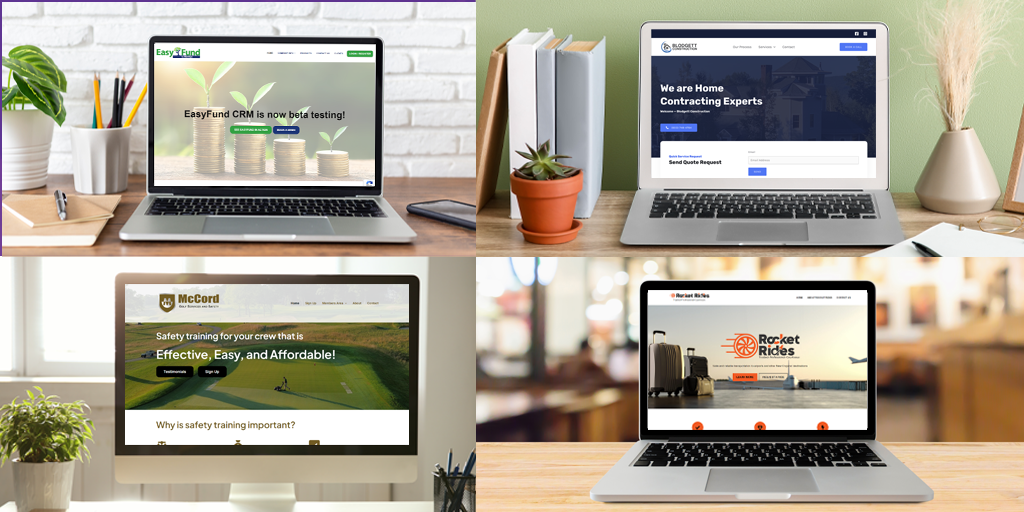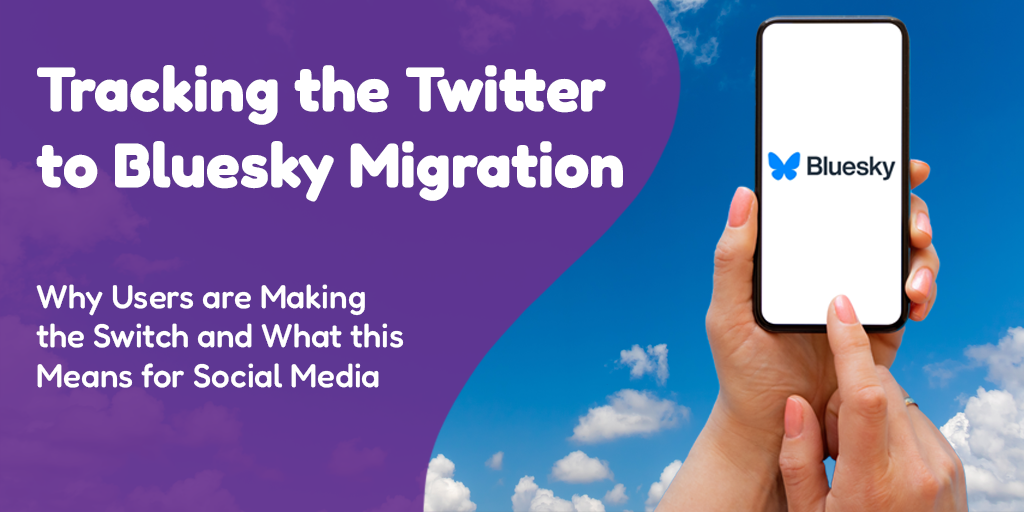 Posted by Aimee Cozza on December 27th, 2021
Posted by Aimee Cozza on December 27th, 2021A couple of months ago, something funny happened. Facebook went down. Along with it went a vast network of carefully honed and widely spread social media services, including Instagram and WhatsApp. What actually happened to bring down the social media giant was kind of a small blunder of astronomical proportions, with far reaching consequences that left the network down for almost a full day. Funny to some, it was actually massively detrimental to others — people looking to run sales, or announce products on social media. For a lot of business owners, it was a massive wake-up call: don’t put all your eggs in one basket.
The value of diversity
Like any good marketing strategy, diversifying your portfolio — or in this case, social media platforms you use – is a must-do checklist item. If you rely on social media to make your services and products known, and to make much needed sales, diversifying your portfolio so you’re not relying on the functionality of one place is important. Just like having a diversity of voices on your team from a range of backgrounds can help your business soar to new heights and implement new, fresh ideas, so can a range of social media platforms and services.
Everyone starts on Facebook
Facebook is a go-to for most businesses, and everyone starts on Facebook. It’s the easiest, after all, with the biggest user base, and a lot of options for posting photos, videos, text, asking questions, and more ways to engage your audience. But it’s not always the best place for you to place the bulk of your efforts. Other platforms may hold more of your audience than you think.
For example, client AdorkaStock finds minimal engagement on Facebook, with a following of about 5.8k people, and an engagement rate of less than 1% on most posts. This doesn’t mean her posts are bad, they’re just not reaching the people they should. A lot of this can be blamed on Facebook’s algorithm, but it’s possible her audience just isn’t on Facebook. Instead, AdorkaStock is enjoying nearly 39k followers on Instagram with a 4% engagement rate on most posts, and nearly 83k followers on Twitter. On Imgur, AdorkaStock’s posts regularly make it to the front page. It’s safe to say that honing her efforts away from Facebook may be a good choice.
The worst that can happen is…
When you are able to start on Facebook and cultivate Facebook, or any other singular social media platform, you may be missing out on valuable conversions and new customers. Leaving out new potentials is a problem in and of itself, but hardly is the worst that can happen to you. As long as you’re making sales and paying the bills, it may not seem worth the effort for diversification, but consider the outage…
When Facebook (and all of its subsidiaries) went down, what would you have done if it was down longer? Or maybe even down permanently? If you rely on Facebook to make sales, the platform no longer being available means your customer base has scattered to the wind, and you have no way of reaching out to them — essentially you have significantly damaged your business. Having ancillary methods of reaching your customers is important to not only make sure they’re getting your messages, but in the case of a shut down or a problem, you can continue to do business as usual. Think of it as a contingency plan.
What kind of things should I spread out into?
If you’re relying on one platform only, consider driving people to give you their email address. This way, no matter what social platform they are on or leave from, you can always reach out to them via email to see if they are interested in your product, service, or event. Build your mailing list away from Facebook (we know Facebook is offering these tools as well now) so you can pick up and go anywhere you want with it, and you don’t have to rely on Facebook to give it to you.
You will also want to ensure that you have an up-to-date website with your offerings – preferably one that is self-hosted, and not reliant on Facebook, Instagram, or Google. Having your own domain name is valuable as a business, and really only requires a small investment every year of $10-$20, depending on the registrar. Remember, it’s much easier to remember hasoptimization.com than hasoptimization.square.site, so go with the easier of the two if you can.
Take some time to sit down and consider where your audience is. If you’re a business selling home furnishings, then your customer base is likely also available en masse on Pinterest! Check out what each social media service offers and how it works. Not everyone should be on every platform, but some work much better than others when it comes to making much needed sales. There are many, many social media platforms out there, even some that you may have never even heard of, that would embrace your products or services wholly. Take some time to explore these platforms and decide whether they seem to be a good fit for your business.
The short of it is that you should be spending some time reaching out into other areas of the web, and if you don’t have the time as a business owner to do it, you may want to consider hiring someone like hasOptimization to explore those areas for you.




